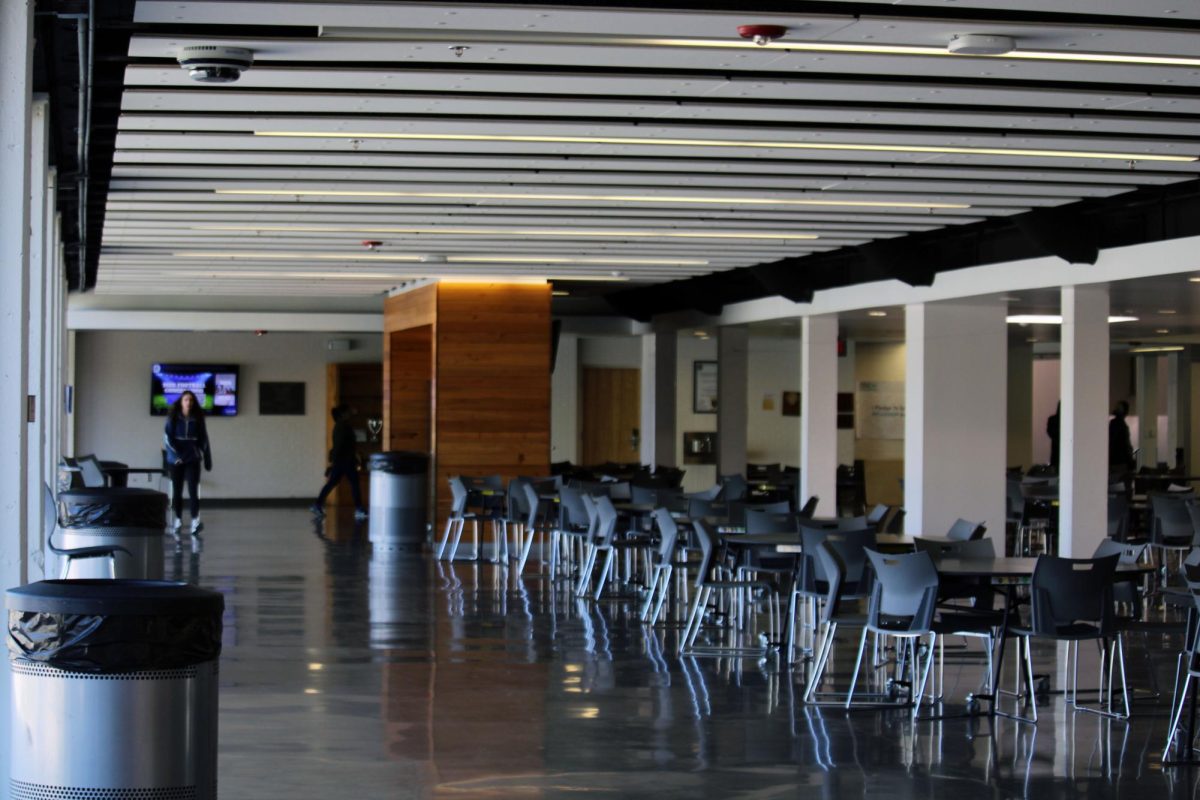The Board of Education plays a central role in the education of its students. Their decisions directly impact the daily lives of staff and students alike. Like any governing body, the board’s aim is to gauge public opinion when making policy decisions. Therefore, communication and outreach are key to an effective and democratic school board. Our school board, however, fails in this regard. The Mentor Editorial Board believes the USD 383 school board must take active measures to ensure effective communication with its students, staff and community.
School-specific administrations have effectively used social media, Infinite Campus, Canvas and most recently Parent Square to communicate with its parents, students and faculty. We are in the digital age, and communication through these means is paramount to ensure student, faculty and parent awareness.
The school board, however, has rarely taken measures to share key information with its stakeholders. While their bi-weekly meetings are live-streamed and agendas are available – albeit on an obscure page on the USD383 website – most don’t have the time to dig it up, leaving many without important details. The BoE should make use of digital tools to share information about upcoming meetings, major decisions and topics of concern. For example, they can send out a biweekly newsletter, explaining the board’s issues of interest for a certain meeting. To connect with students, they can establish a social media presence on Instagram, or Facebook for the parent audience. Through these avenues, the board can share a variety of information with their audience.
Digital presence alone cannot solve this problem. The root of public education is personal interaction. In order for the school board to communicate effectively, they must interact effectively. Rarely have we seen board members come to the high school and talk to the students themselves. Considering the Robinson Center is a mere 10 steps down the road, that is astonishing. If MHS students rarely interact with the school board, what are the chances that students in local elementary and middle schools do? How can the board truly gauge student opinion if they aren’t making an effort to reach out to those very students? In short, they cannot.
Consequently, the board members should visit schools often, documenting their visits, talking to students and staff about their concerns and utilizing these inputs during meetings. While board meetings do consist of citizen comments, students rarely participate and these remarks seldom lead to action. Ultimately, the board’s policy decisions impact students and staff directly. Therefore, they must have a significant voice at the table. This, however, can only be accomplished through active communication from the board. If the board fails to do this, it will remain within its “bubble,” secluded from stakeholder opinion, never truly accomplishing its purpose.




